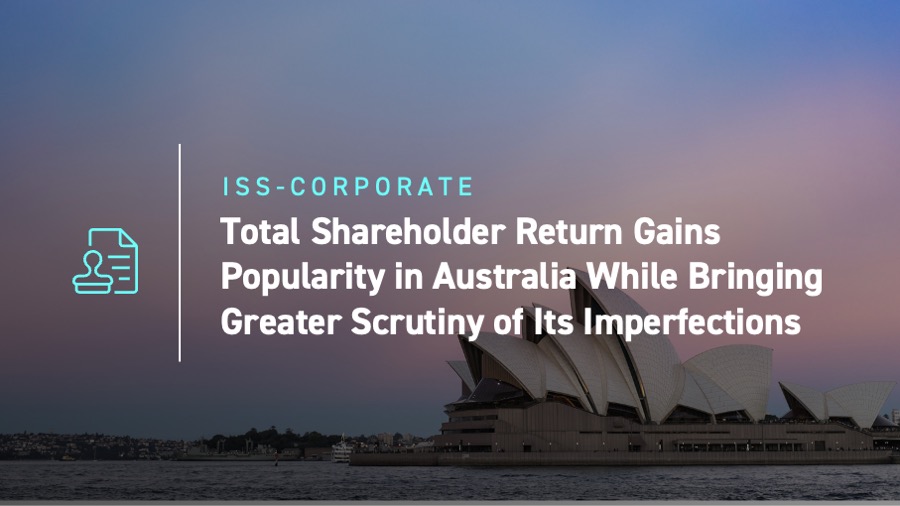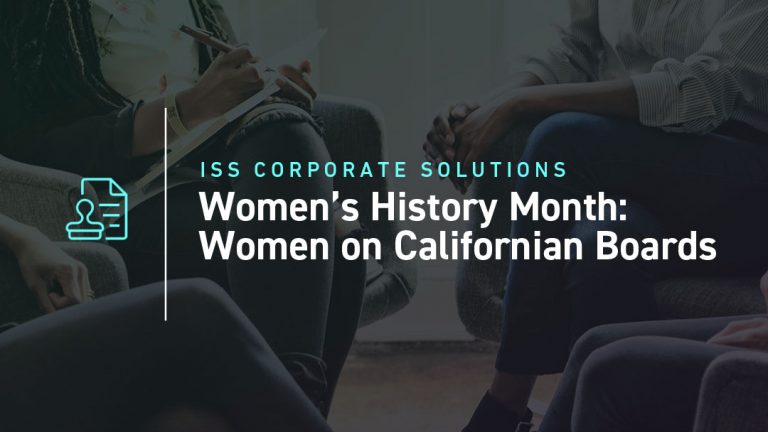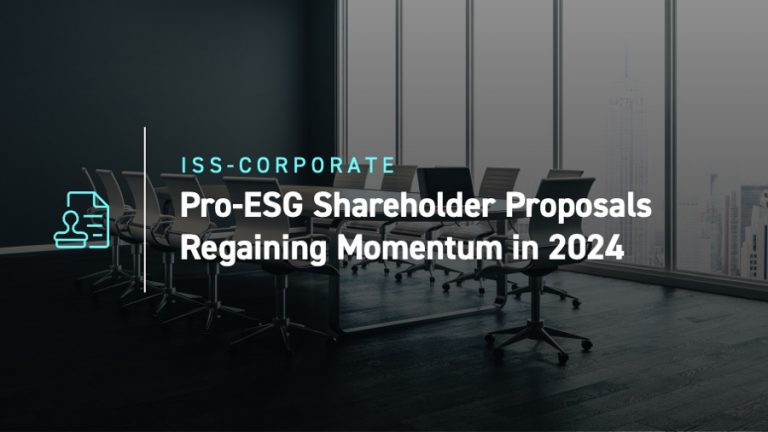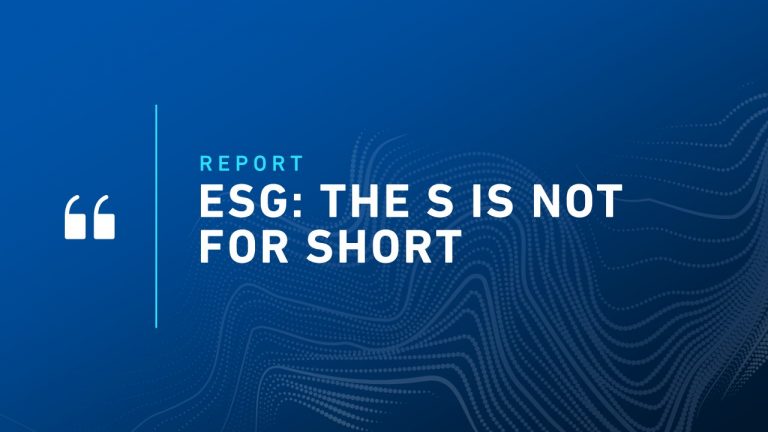Below is an excerpt from ISS-Corporate’s recently released paper “Total Shareholder Return Gains Popularity in Australia While Bringing Greater Scrutiny of Its Imperfections”. The full paper is available for download from the ISS-Corporate online library.
INTRODUCTION
Total Shareholder Return (TSR) is an increasingly popular metric for determining long-term incentive (LTI) plans at Australian companies. While the measurement is viewed favorably by many institutional investors as an objective measurement of shareholder value creation, some of its flaws are raising questions among shareholders. An increasing number of ASX100 companies are adopting financial measures that are linked to shareholder returns, such as earnings per share (EPS), return on capital employed (ROCE) and return on equity (ROE), and TSR appears to be the most popular choice. However, simply using TSR as a highly weighted performance condition in an LTI program does not guarantee support from the investment community. Factors associated with the TSR condition, such as the vesting schedule, the peer groups selected, the presence of a positive TSR gateway or the length of the performance periods may arouse criticism and prove a challenge to attract shareholder support.
KEY TAKEAWAYS
- The majority of ASX100 companies use financial measures like TSR, ROCE/ROE or EPS among others in their LTI plans, with TSR being the most commonly adopted metric. From FY2021 to FY2023, the number of companies using TSR increased significantly. The median weight of TSR metrics applied by ASX companies is 50%.
- Relative TSR is increasingly preferred over absolute TSR among ASX100 companies. This trend underscores a preference for metrics that more closely align with shareholder returns relative to peers.
- Peer groups used for relative TSR metrics are primarily based on broad indices such as the S&P/ASX, with some companies adjusting for industry specific reasons. However, challenges arise in smaller markets like Australia, where finding relevant peers within the same industry and size can be difficult.
- There is a trend towards aligning LTI performance periods with a minimum of at least three years, with some companies extending them to five years to meet some investors’ expectations. Additionally, some companies are adopting longer holding periods or additional vesting schedules to ensure payouts are more closely tied to sustained performance.
By:
Pablo Hijano, Associate Director, ISS-Corporate
Herman Choi, Head of APAC Advisory, ISS-Corporate




